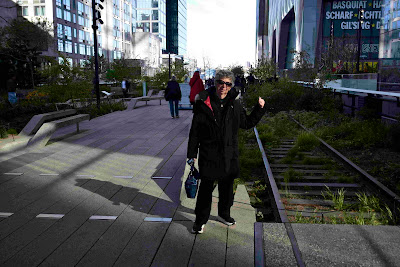Bennett is now in private school. In September he started at North Country School in Lake Placid, NY. Before the Thanksgiving holiday, the school had a two day open house where parents and friends were permitted to experience what a day at school was like. On Thursday the program featured general information about the school and daily activities. On Friday guests actually went through their child’s classes and had a brief description of what students did on a day to day basis.
One of the activities was an art class. Each person was given a small picture frame and paints to do a background then trace a picture. Anna Lee made a horse, Jeff a freehand drawing, Cheryl did a critter and Bennett did a cow. All of the objects de art came home.





Jerry was most impressed with the writing program. At the beginning of the hour, students should write a paragraph or more of anything that they want to express in their notebook. After that, they do curated research on the internet and write about the selected subject. Bennett’s one page essay was posted on the wall. Math was also an interesting subject. The sixth graders are into factors and a selected problem was introduced. We were surprised that Jeff could not immediately solve the problem.
As the day progressed, we went to the kitchen where all guests were encouraged to build their own pizza. Once prepared, the pizzas were cooked in a wood fired pizza oven that a former student had built. The pizza was great.
We were also pleased to see a play that the students put on. Very well done.
Bennett is having a unique experience these days. In these days of digital photography one of the activities was use of a darkroom. Each of the students had to use craft items to create a work of art and then print and develop it. Bennett used several media items to create his. Can you figure out what he used?
We also visited the barn to see the several horses that the students can ride. The instructor explained to us the fact that each of the horses has an individual personality and the students learn to appreciate how each horse should be treated and how this lesson applied to people as well.
The final activity on Friday was an actual Thanksgiving dinner. All of the students participated in preparing and serving the meal. Most of the food, including the turkeys were grown at the school including the apples and pumpkins for the pies.
All in all, everyone was impressed with the program and we decided that Dave & Cheryl made an excellent choice for Bennett’s education.







































